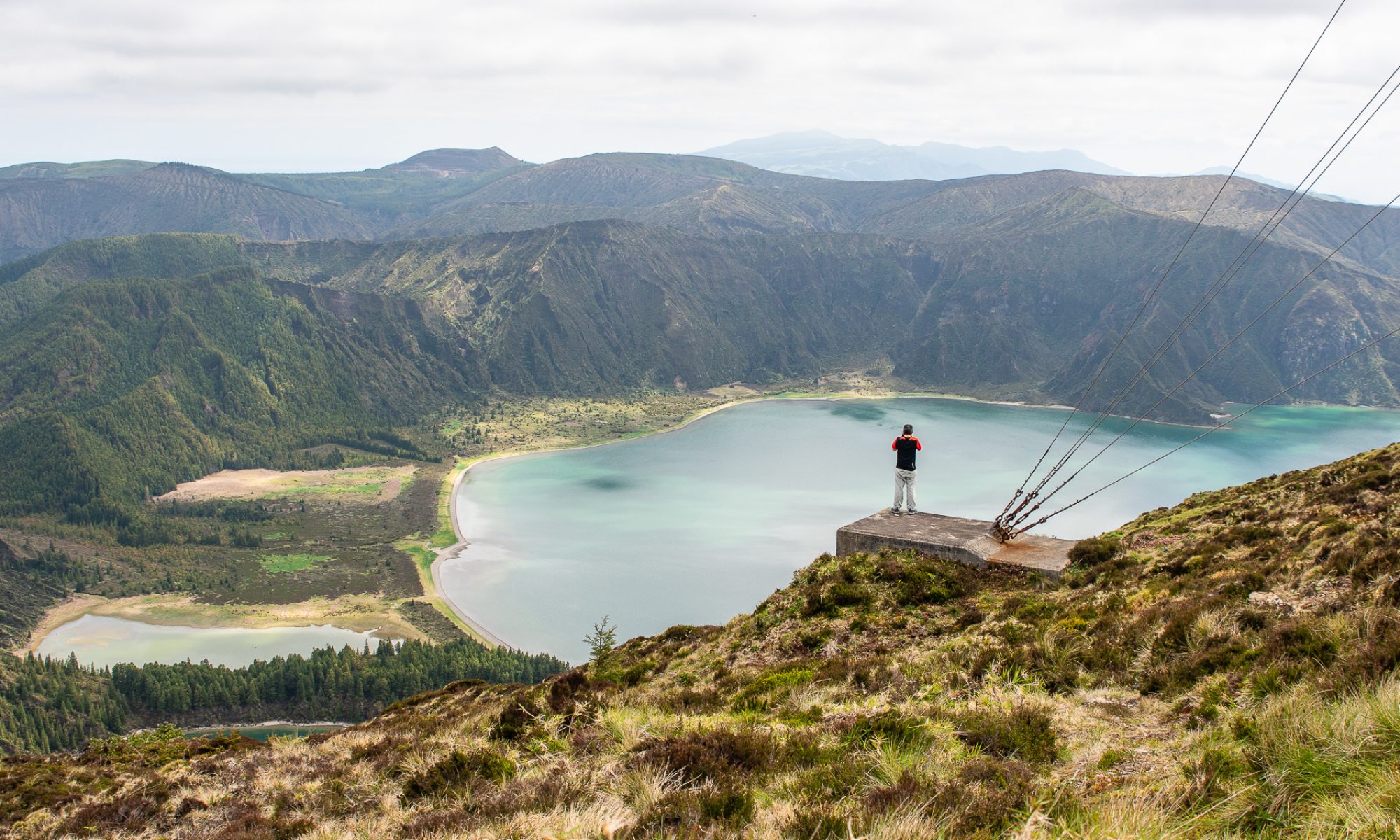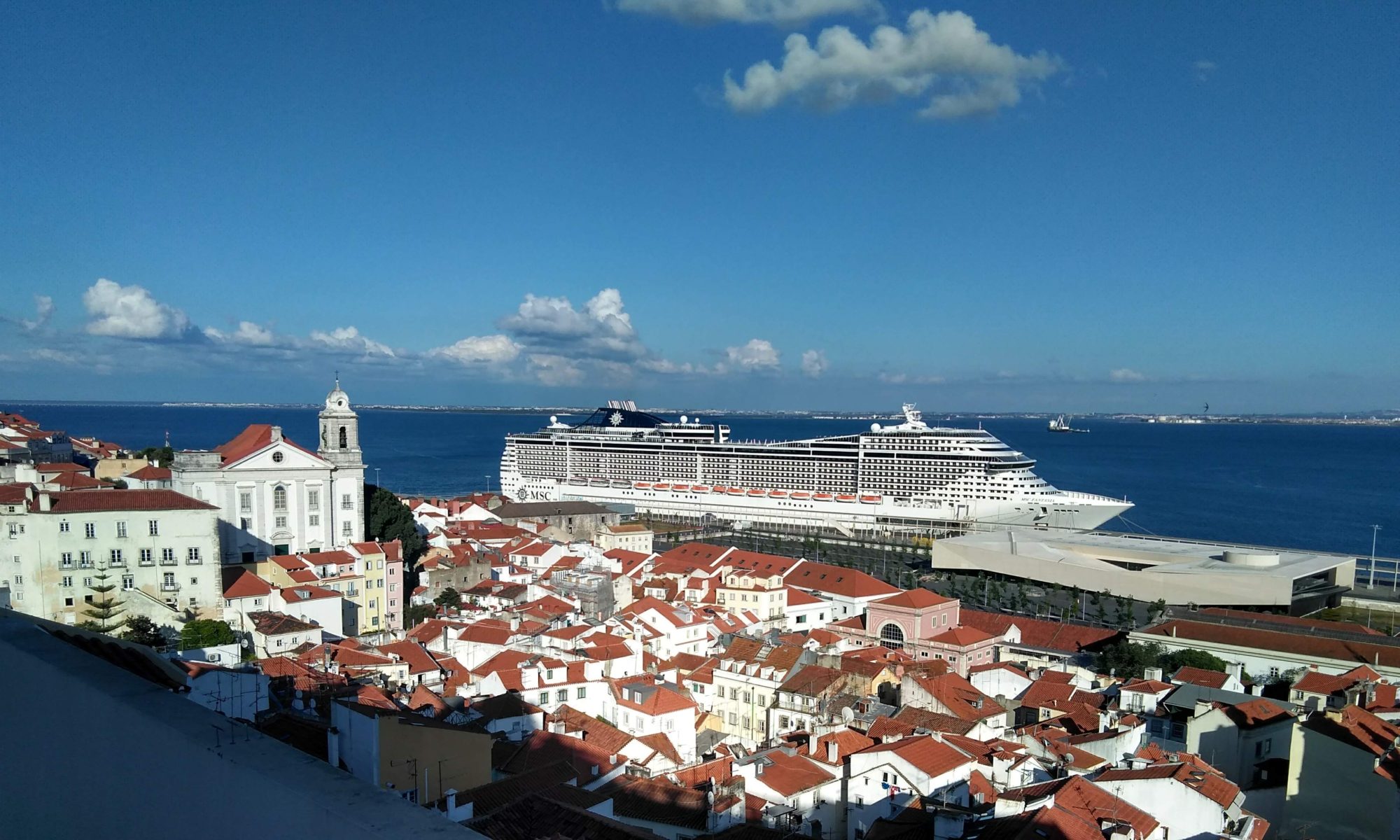“Cinematic camera movement seems too daunting. Where do I start?” I’ve heard endless variations of this comment.
Part of the problem is that there are too many techniques with confusing names, and lots of tools that achieve seemingly similar things. A bigger problem is that as a one-person crew our plate is pretty full with checking the proper exposure, making sure the image is sharp, directing, asking questions, monitoring audio, etc. Do we really have to worry about moving the camera? The short answer is yes.
Let’s get this out of the way; it is entirely possible to shoot good videos without any camera movement. But we would be overlooking a powerful resource. I truly believe that understanding when and how to move the camera can go a long way to enhance our video productions and infuse them with a more “cinematic” style. Let’s go over the most common options and briefly discuss their advantages and disadvantages.
Handheld
Handholding the camera is by far the easiest option. There’s no need for additional support gear, it takes almost zero time to set up or break down, and it is very quick and easy to reframe.
When used properly, intentional handheld movement can infuse a shot with urgency and tension, something we typically see in war and action films, reality TV shows, and many documentaries.
A clear disadvantage of handholding the camera is that footage that seems “pretty steady” on a tiny monitor often proves unusable when watched on a larger screen. Another challenge is that even if I’m working with a small camera package, after a few hours of work my arms and back are completely exhausted. A more serious consideration is that even with an audience visually educated by YouTube, unintentional shake can make our videos appear amateurish to many viewers.

Monopods
A relatively inexpensive and very powerful tool is a professional video monopod. By professional I mean that it should offer good payload capacity, counterbalance, a 3-leg base, smooth panning and tilting, and a universal quick release plate. It might be just me, but the quick release plate tends to disappear every other assignment.
A huge technical advantage of monopods is that we can mimic a lot of movements typically achieved with much bigger and heavier tools like sliders, jibs, dollies, and cranes, but monopods weigh very little and some can be packed in a carry-on bag. When combined with a versatile zoom lens and a shotgun mic, a monopod setup can go a long way.
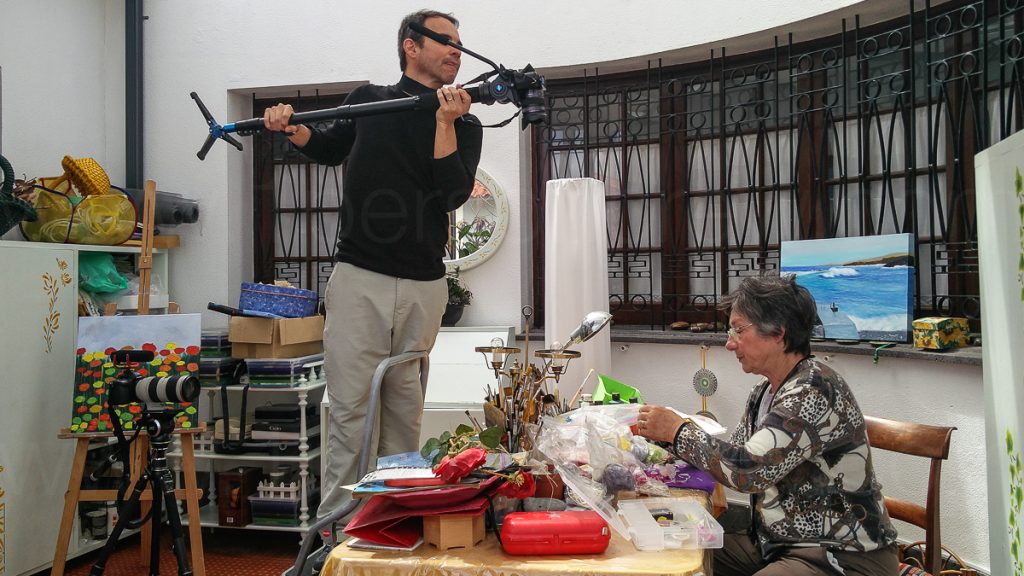
Gimbals
Gimbals have significantly improved my skills as a filmmaker. Small, very portable, battery operated, and relatively simple to set up and use, gimbals have freed me to expand my camera movement lexicon. They allow me to move with or around an actor and add kinetic energy to otherwise static subjects, such as buildings or trees.
Gimbals give me the freedom of shooting handheld while keeping my shot perfectly stable, eliminating distracting or unwanted shake.
Of course, there are disadvantages, mainly that gimbals need to be perfectly balanced, and with anything that is added to or removed from the camera package, a new setup is in order. This is why when shooting with gimbals I prefer to use a very small camera and a fixed wide-angle lens and a wireless mic. Zoom lenses tend to be bulkier and if the focal length changes I might need to rebalance.
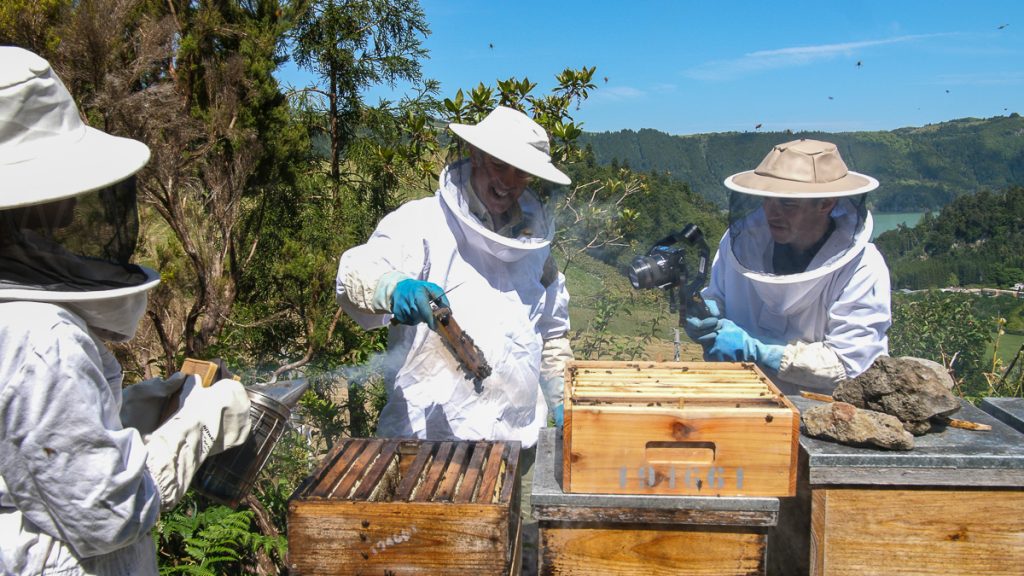
Tripods
The good ol’ tripod is a wonderfully versatile tool, but I can’t afford to carry a 50-pound state-of-the-art tripod with me, just in case I need it. In addition to the weight limitation, I often shoot in very tight places, and most tripods need a considerable amount of space to set up.
Luckily we now have access to tripods that are extremely compact and light.
A solid video tripod is ideal for very smooth pans and tilts. Do you need to rehearse and repeat the same motion? Do you need to time the actor’s movement? Do you need to hit precise marks? Then you need a tripod. Also, would I shoot a long interview with a fully rigged camera handheld, on a monopod or with a gimbal? Of course not, that’s what a tripod is for!
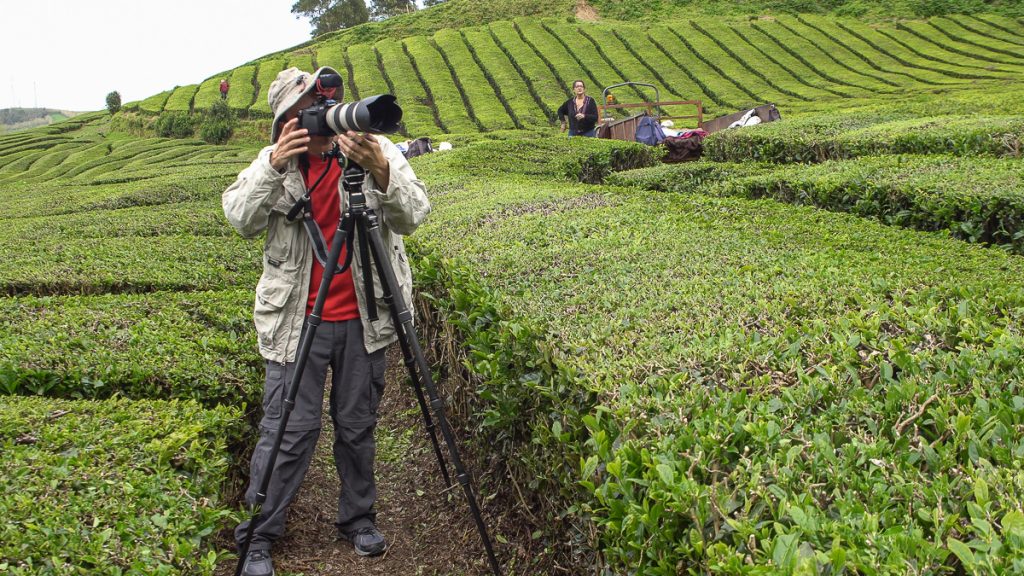
Other Tools
The fourth and last tool (in this post) is called an “EasyRig.” It looks similar to a Steadicam vest, and on paper it sounds like a great setup for run and gun projects where the shots are hard or impossible to predict, the subject is moving continuously, and where extended shooting times are required. The perfect example would be shooting behind the scenes coverage on any of my projects. The “easy rig” looks too bulky and heavy for a one-person crew, but I’m definitely open to giving it a shot on future assignments.
On upcoming posts we’ll explore other tools and techniques, including the best jibs and sliders for a one person crew.
Conclusion
Camera movement is a lot more than following a character or capturing the action. And obviously, no single camera movement technique or tool will represent a specific feeling or message. Everything depends on the story and its context.
My advice is to learn as much as possible about camera movement, but NOT to incorporate movement just because we have a new tool; rather, understand and appreciate the dramatic effects of each type of movement and how it can enhance our stories.
DISCLAIMER
This article is not paid or sponsored by anyone. It reflects my own independent opinion. I only recommend companies and products that I trust. Some links might be affiliates, which means I may get a few pennies if you decide to purchase something.
Thanks in advance for your support!
